Balancing Strength Training for Endurance Athletes

By Eric Van Matre, Head Performance Coach
Balancing strength training for endurance athletes can sometimes feel like a juggling act. You must find that sweet spot that allows you to still perform your running workouts successfully while completing enough training in the weight room to elicit strength adaptations.
When I say strength adaptations, I don’t mean growing more muscle. Strength is a neurological adaptation where the nervous system learns to activate more motor units and generate more power to a muscle rather than growing the muscle larger.
But when it comes to training and balancing that act, we want to first start with just general coordination. Building a base of coordination is important to make sure you know how to move your body through space safely and effectively.
Once we can accomplish that, we can assume there’s a decent base of work capacity already in place, being an endurance athlete. But if not, that would go right along the lines with coordination—building some work capacity to match, especially on the muscular endurance side.
As we develop that aspect, we’ll move on to balancing flexibility, mobility, and stability.
Flexibility is a passive component to the tissues where you don’t have the stability required against gravity to go through a range of motion. So if I’m laying on the ground and someone else raises my leg straight in the air to see how far they can stretch my hamstring, that would be flexibility.
Mobility would be an active component to it. So if I’m laying on the ground and I bring my leg up on my own as high as I can—that will be mobility because there’s a muscular activation component to it.
Stability is, can I resist external forces in that position? Could I pull it up, activate, and if someone tries to push my leg to the ground, I could resist that force? That’s more of the stability component.
Making sure that the body can move through full ranges of motion, that all the joints have full capacity and full function available, and that they’re nice and stable in those full range of motion that they’re capable of going into.
From there, move into a balancing act between the six foundational strength movements:
Squat
Hinge (like a deadlift, RDL, or kettlebell swing)
Pushing
Pulling (with the upper body)
Lunging or step-ups (single leg strength)
Carrying (working on stacking the pelvis and rib cage and creating a neutral core position to allow the brain and the nerve system to fire and transfer force more effectively)
Developing these components, once they have a strong base in there, volume needs to stay moderate to load depending on the time of the year and the season they’re in.
Certain points of the season we could push volume a little bit more, but the more you push volume in these movements, know that you’re generally gonna put on some mass. More mass will often mean that they have to carry that weight around more. If that mass is a tradeoff that puts more pressure onto the joints, it’s not worth it.
However, if you put on just enough mass that you now have more muscle and more strength to handle the pressure required for running or for an endurance athlete, then it can be a benefit.
You need to find that balancing act that works best for you and your frame and the goals that you’re trying to achieve—and then from there manipulating the volume and the intensity as you go.
But those would be the foundations I’d stick to. If you have a skilled or trained professional to teach you, the Olympic lifts are also a good skill to learn to help increase power output, coordination, speed transfer—you name it. The Olympic lifts check almost every one of those boxes.
You should steer clear of those unless you have a professional helping you train those lifts because your risk of injury can be higher if you’re not sure what you’re doing. Those are highly skilled movements with a barbell. Make sure you’re trained in those movements well before you start trying to load them to any capacity.
Most of my athletes, it takes at minimum six months of training our foundational movements—and oftentimes upwards of nine months to a year before we’re starting to get into the Olympic lifts.
We want to establish a good firm foundation with their coordination, flexibility, stability, mobility, and their six foundational movement patterns.
And the same goes for running. The better you can establish those, the better the body’s gonna work as a system. The better the body works as a system, the better you’re gonna be able to perform.
